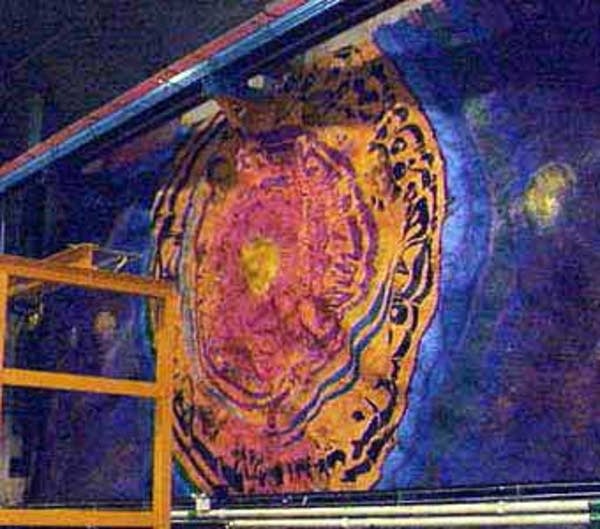Fed money stimulates construction of NE MN physics lab

You'd have to have been 2,400 feet underground this week to see it, but there were a lot of broad smiles on the faces in the underground physics lab below the Soudan Mine State Park.
Lab director Bill Miller learned the money had finally been approved for a new physics facility in northeast Minnesota.
"Oh, it was great," Miller said. "It's been one of those big rushes of up and down."
This project was supposed to start more than a year ago, but the funding got chopped in a federal budget standoff.
Create a More Connected Minnesota
MPR News is your trusted resource for the news you need. With your support, MPR News brings accessible, courageous journalism and authentic conversation to everyone - free of paywalls and barriers. Your gift makes a difference.
Miller can thank the bad economy and the federal government's new willingness to spend for the project's new life. More than $40 million has been approved for the lab in the American Recovery and Reinvestment Act - a small piece of the $1.6 billion allocated to the U.S. Department of Energy.

Congressman Jim Oberstar's announcement said much of the lab funding will go for concrete and steel from local suppliers. There will be spending on road-building, mechanical, and electrical equipment.
The University of Minnesota will manage construction.
Soudan Lab Manager Bill Miller said the project will put people to work, building the containment building and then filling it with the high-tech gee-whiz physics experiment.
"It does provide somewhere on the order of 50 to 60 construction jobs for a couple of years, and then for the two years of the installation of the detector we'll be hiring somewhere between 30 and 40 people - it's not clear exactly what the number is - to install the detector," Miller said. "And then there will be somewhere between five and 10 full-time positions for 10 to 15 years to operate the detector."
The $40.1 million allocation is intended just for the building according to University of Minnesota Physicist Marvin Marshak. This structure will be one-and-a-half football fields in length; more than 70 feet wide; and another 70 feet high, with much of that underground.
"The building itself is a big hole in the ground with concrete lining the hole; a concrete roof; and then a bunch of rock put over the roof in order to provide some shielding for the detector," Marshak said.
Once the facility is ready, the detector goes in. It's made from a six-story-high stack of oil-filled plastic tubing and a bunch of photo-sensors that can detect a very tiny thing called a neutrino; one of the tiniest particles in the universe.
Building the detector will cost another $10 million and use local labor. Many of those workers might stay on to run the facility. Funding for the detector comes from the Fermilab National Accelerator Laboratory near Chicago.
Fermilab now fires a beam of neutrinos aimed at the Soudan mine lab. It's called the NOvA neutrino experiment. By the time the beam gets to northern Minnesota, it's 15 miles wide. This new detector will intercept another part of the same beam and examine what's going on at the beam's edge. In a sense, both labs look for the same thing: evidence of how these tiny particles behave and change. And physicist Marvin Marshak said there's real world value in that.
"This is the kind of intellectual curiosity which builds fundamental, basic science, and some of that science after it sort of cooks for some number of years -- 25, 50, 75, maybe even 100 -- does underpin some of the technology that affects our society today," Marshak said.
Marshak couldn't be happier with this week's funding announcement after waiting several years for the project to come together.
"I feel fantastic," said Marshak. "In science, most things you try in science don't work. So when something actually works out, you really feel good," he said.
Groundbreaking is planned May 1st. Construction should begin this summer.
